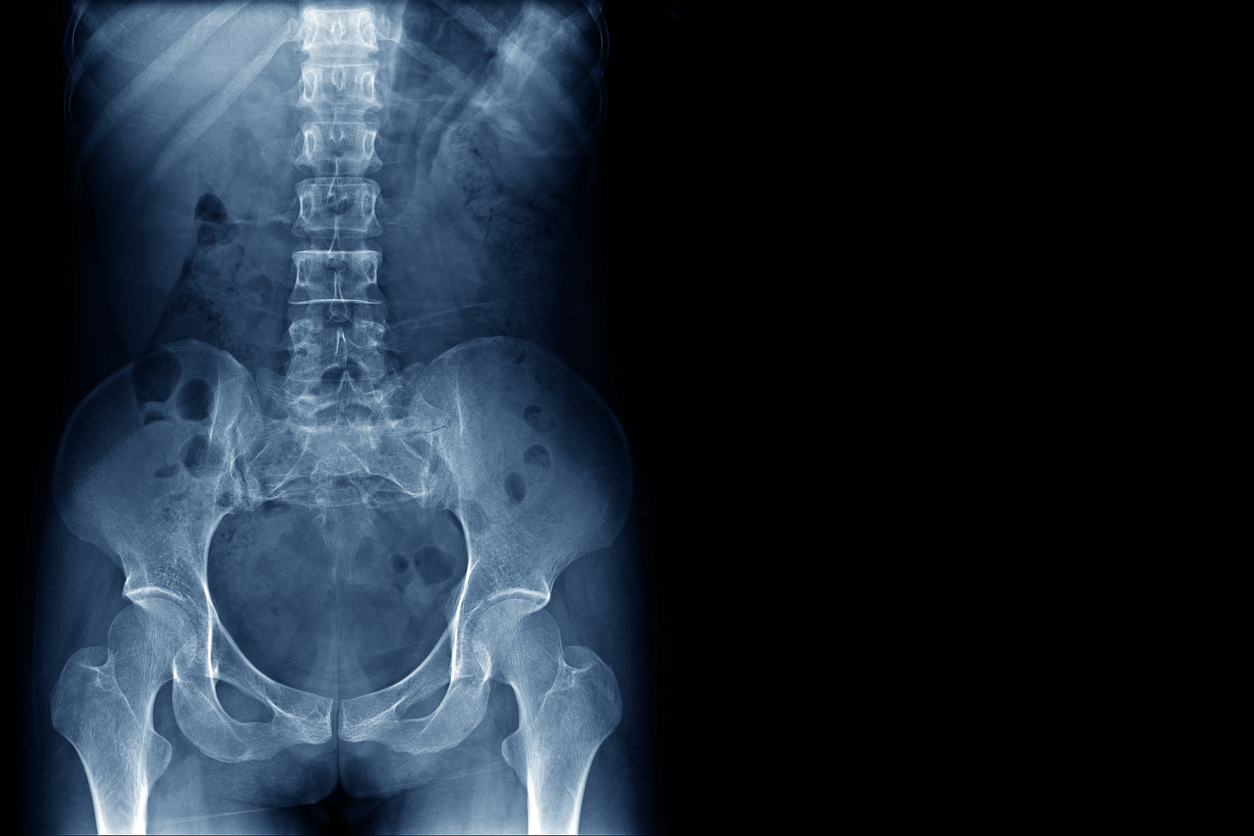Treatments
Spinal fusion vs. Disc Replacement

Both spinal fusion and disc replacement surgery are surgical treatment options for degenerative disc disease that presents with pain. Spinal fusion involves removing a damaged disc and fusing the two adjacent vertebrae, whereas disc replacement involves replacing a damaged disc with an artificial disc.
What is spinal fusion?
Spinal fusion is a surgical procedure that involves fusing two or more vertebrae permanently together to reshape the spine, stabilize the spine, and/or reduce or relieve back or neck pain. During a spinal fusion, a damaged disk is removed and a bone graft or bonelike material is placed between the two adjacent vertebrae to create one solid structure with no space. Once the bone graft is in place, plates, screws or rods are used to hold the vertebrae together. This provides spinal stability in order for proper fusion and healing to occur.
What is disc replacement surgery?
Disc replacement surgery involves replacing a damaged intervertebral disc with an artificial disc to relieve or reduce back or neck pain, while also retaining mobility of the spine.
Key differences
- Spinal fusion has been the standard surgical procedure for spinal disease for over a century, whereas disc replacement is relatively new.
- Spinal fusion surgery is not only used to treat symptomatic degenerative disc disease, it is also used to treat various other spinal conditions including, but not limited to, kyphosis (abnormal curvature of the spine), fractured vertebrae, scoliosis, spinal stenosis, spondylolisthesis, and spinal weakness due to arthritis or infection.
- Spinal fusion is the preferred surgical option when degenerative disc disease presents with radiculopathy (weakness, numbness, or tingling in the arms or legs).
- While motion of the vertebrae may still be limited, disc replacement surgery helps retain range of motion better than a spinal fusion. When vertebrae are fused, they no longer move independently, so disc replacement allows for better flexibility and mobility of the spine.
- Because spinal fusion limits range of motion in the fused vertebrae, increased stress is placed on neighboring vertebrae. This increases the risk of disc degeneration and pain in the areas above and below the fusion.
- Disc replacement has some limitations and can only treat certain types of spinal conditions.
- Disc replacement is typically a longer surgery than spinal fusion surgery.
- Disc replacement typically involves a shorter recovery time than spinal fusion because vertebrae do not have to grow together.
Additional source: HealthCentral
















